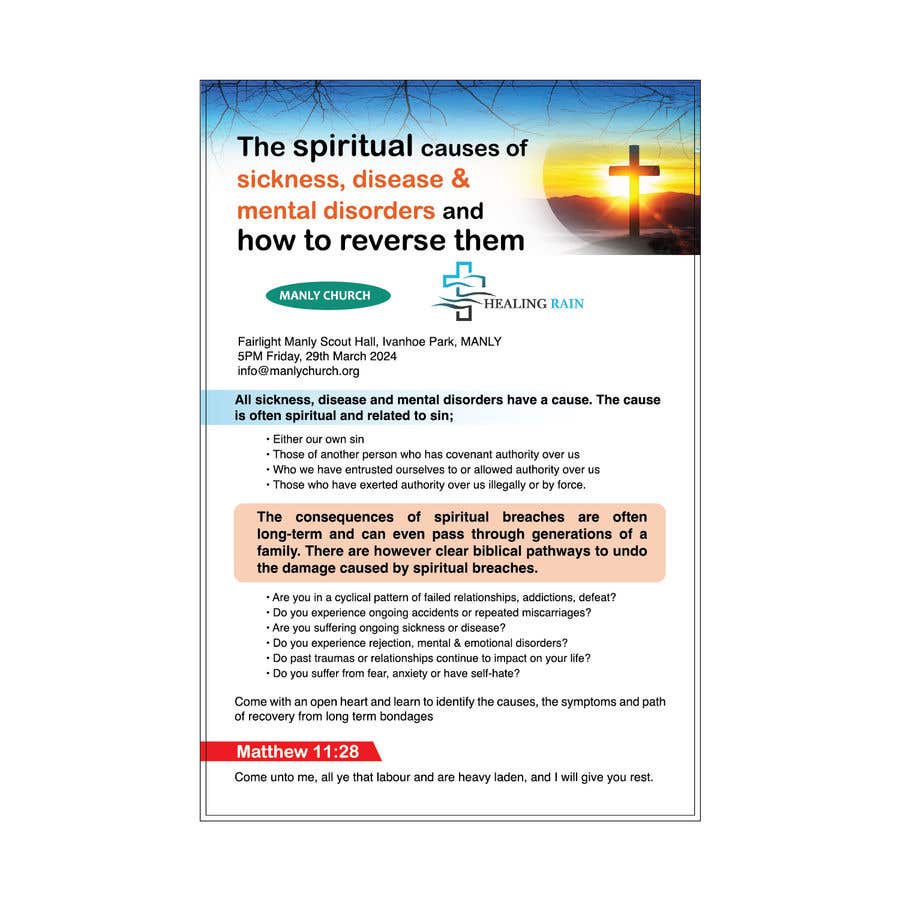Creating an Event Flyer from Scratch takes center stage as we delve into the vibrant world of event promotion, where a well-crafted flyer can be the key to unlocking attendance and excitement. Understanding the essentials of flyer design can transform your event from ordinary to extraordinary, capturing the attention of your target audience and conveying your message effectively. With creativity and clarity at the forefront, this guide will navigate you through the steps needed to create an eye-catching flyer that resonates with your event’s purpose and audience.
In the grand theater of life, few skills shine as brightly as the art of persuasion. It is a subtle dance of words, a powerful tool that can influence thoughts, ignite passions, and spark change. Just as a painter wields a brush to evoke emotion on canvas, the persuasive communicator crafts their message to resonate deeply within the hearts and minds of their audience.
This article embarks on an exploration of persuasive communication, unveiling its significance, strategies, and the profound impact it can have on our interactions and society.
The Importance of Persuasion
Persuasion is not merely a tool for salespeople or politicians; it is an essential element of everyday communication. Whether convincing a friend to try a new restaurant, persuading your boss to support your project, or rallying a community for a cause, the ability to persuade effectively is invaluable. In a world saturated with information, the ability to communicate persuasively can mean the difference between being heard and being ignored.
Understanding Your Audience
The cornerstone of effective persuasion is understanding your audience. Every demographic, whether defined by age, profession, or interests, brings unique perspectives and values to the table. Conducting thorough research, engaging in active listening, and embracing empathy are vital steps in crafting a message that resonates. Tailoring your communication to address the specific needs, desires, and pain points of your audience creates a connection that is hard to break.
Empathy: The Heart of Persuasion
To persuade effectively, one must step into the shoes of others and see the world through their eyes. This is where empathy plays a pivotal role. By genuinely understanding your audience’s emotions and motivations, you can craft messages that speak to their hearts. Remember, people are driven by feelings, and when your message aligns with their emotions, it transforms into a powerful catalyst for action.
Building Credibility
Credibility is the bedrock of persuasion. If your audience does not trust you or your message, no amount of eloquence will suffice. Building credibility involves demonstrating expertise, sharing personal experiences, and providing evidence to support your claims. A storyteller who shares their journey, complete with triumphs and setbacks, becomes relatable and trustworthy. Additionally, citing reputable sources and statistics bolsters your argument, establishing you as a knowledgeable and reliable voice.
Crafting a Compelling Narrative: Creating An Event Flyer From Scratch
Humans are inherently drawn to stories. A compelling narrative captures attention, evokes emotion, and leaves a lasting impression. When crafting your persuasive message, consider weaving in a narrative that illustrates your point. This could be a personal anecdote, a case study, or a fictional tale that exemplifies your argument. A well-told story creates an emotional bridge between you and your audience, making your message more relatable and memorable.
The Power of the Hero’s Journey, Creating an Event Flyer from Scratch
One of the most impactful narrative structures is the Hero’s Journey, a timeless framework that resonates across cultures. In this structure, the protagonist faces challenges, experiences growth, and ultimately achieves transformation. By aligning your message with this archetypal journey, you invite your audience to envision themselves as heroes in their own lives, creating a sense of empowerment that can spur them into action.
Utilizing Persuasive Techniques
Several persuasive techniques can enhance your message and increase its effectiveness. Here are a few to consider:
- Social Proof: Highlight testimonials, endorsements, or statistics that demonstrate the popularity or effectiveness of what you’re advocating for. People are more likely to be persuaded when they see that others, especially peers, have benefited.
- Reciprocity: Offer something of value, whether it’s knowledge, a free trial, or a small gift. When you provide something first, others may feel compelled to reciprocate by supporting your cause or idea.
- Scarcity: Emphasize the limited availability of your offer. People are often more motivated to act when they believe they might miss out on something valuable.
- Consistency: Remind your audience of their past commitments or beliefs that align with your message. When people are consistent with their values, they are more likely to support your cause.
Mastering the Art of Delivery
The impact of your message is not solely determined by its content; the way you deliver it can elevate or diminish its effectiveness. Consider these elements:
Body Language and Tone
Your body language, facial expressions, and vocal tone play significant roles in communication. A confident posture, eye contact, and varied vocal inflections can enhance your message, while nervous gestures or monotone speech can detract from it. Practice mindful delivery, ensuring that your non-verbal cues align with your words.

Timing and Pacing
Timing is crucial in persuasion. Know when to deliver your key points and how to pace your speech for maximum effect. Pauses can create suspense, allowing your audience to absorb your message fully. A well-timed call to action can inspire immediate response, seizing the moment when your audience is most engaged.
The Ethical Dimension of Persuasion
While persuasion is a powerful skill, it carries ethical responsibilities. Using persuasion to manipulate or deceive undermines trust and can lead to long-term negative consequences. Ethical persuasion involves honesty, transparency, and respect for your audience. Aim to empower your audience with information that enables them to make informed decisions rather than coercing them into a particular viewpoint.
Conclusion: The Endless Journey of Persuasion
The art of persuasion is a lifelong journey, a skill that can be honed through practice, reflection, and a genuine desire to connect with others. By understanding your audience, building credibility, crafting compelling narratives, and utilizing persuasive techniques ethically, you can unlock the potential to influence and inspire. As you master the art of persuasion, remember that it is not just about convincing others; it is about fostering meaningful connections and creating a positive impact in the world around you.







